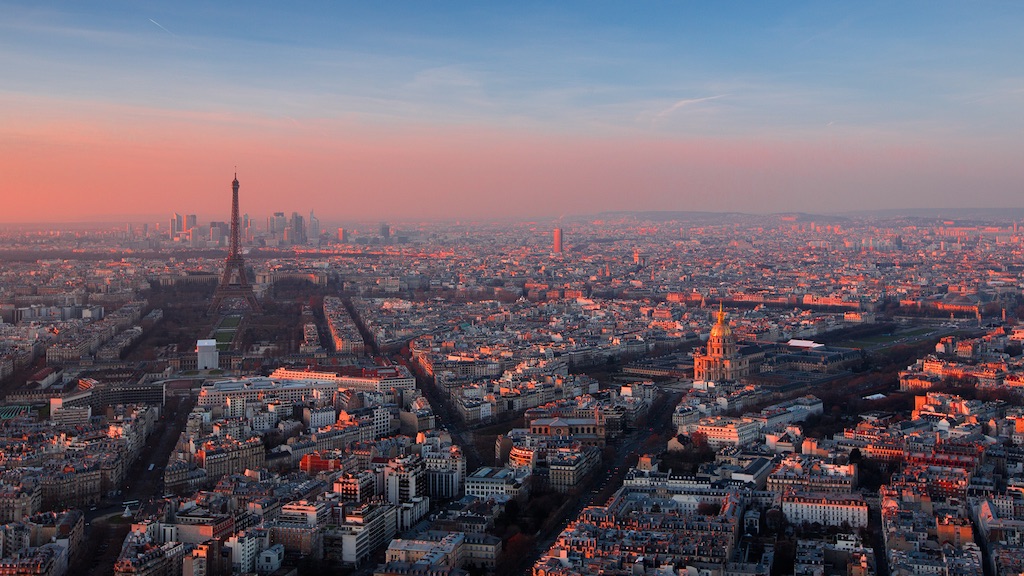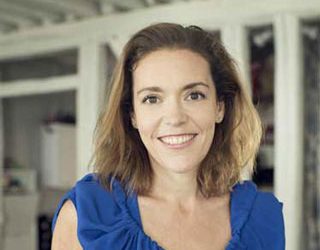Episode 7
Posted on November 15, 2019 by VINGT Editorial
EPISODE 7
Next up in the VINGT Paris podcast series, presenter Jo Youle and company founder and CEO Susie Hollands meet a recent buyer on the Left Bank to hear about his own Paris property journey – and discover some of his top tips for others thinking of buying in the French capital…
EPISODE 7: Our little black book of Paris addresses
Wanting to find out more about some of the places mentioned in this episode? Here we bring you a handy summary of each one that is mentioned – and how to find out further information.
What?
The notaire
Why?
A highly trained lawyer who is authorised by the state to certify certain legal documents relating to property transactions etc. With a key role in the purchasing process, it’s a very important relationship for anyone buying in France.
Where?
All over Paris
More info here
What?
Maison de l’Americaine Latine
Why?
Located in a beautiful 18th-century building on Boulevard Saint-Germain, the Maison de l’Americaine Latine is a Latin American cultural centre. As well as meetings and exhibitions, there is a beautiful restaurant and garden.
Where?
7th arrondissement
More info here
What?
Left Bank
Why?
The term used to describe the area of the city to the south of the river, while the Right Bank defines the part to the north. There’s a good-natured rivalry between the two with everyone claiming their half of the city is the better one.
Where?
Southern half of the city
More info here
What?
Left Bank lifestyle
Why?
Renowned for its beautiful boulevards, historic architecture and narrow little streets with tremendous character, the Left Bank is perhaps most famous for its mythical café culture. It is also celebrated for its art galleries, antique shops, design stores, specialist boutiques and some of the best cinemas in the world.
Where?
Southern half of the city
More info here
What?
Saint-Germain-des-Prés
Why?
One of the most famous areas on the Left Bank, Saint-Germain-des-Prés is characterised by its wide sidewalks, tall trees and classic Parisian architecture. This super-chic area is also home to high-end shops, gorgeous galleries and, perhaps most notably, the iconic cafés once frequented by the likes of Jean-Paul Sartre.
Where?
6th arrondissement
More info here
What?
Musée d’Orsay
Why?
Found in a converted Beaux-Arts railway station on the Left Bank, Musée d’Orsay is one of the city’s most famous art galleries. The museum showcases mainly French art, dating from the second half of the 1800’s and early 1900’s, including paintings, sculptures and photography.
Where?
7th arrondissement
More info here
What?
Le Bon Marché
Why?
One of the first modern department stores, Le Bon Marché was founded in 1838 and then revamped extensively in 1852. Today, it is where the well-heeled Parisians do their weekly shopping, with everything from top fashion labels to beautiful perfumes and a superb food hall (see below).
Where?
7th arrondissement
More info here
What?
Le Grand Epicerie
Why?
The fancy food hall of Le Bon Marché (see above), this place is a smörgasbord for the finest French ingredients. From the freshest fruit and veg to the best in bonbons, confectionary and pastries to the most magnificent range of mineral waters, it’s all here for your delectation.
Where?
7th arrondissement
More info here
What?
Rue du Bac
Why?
One of the best-known streets on the Left Bank, rue du Bac is home to everything from lovely cafés and brasseries to gourmet food stores, posh boutiques and an old vintage poster shop – not to mention some very fancy residences.
Where?
7th arrondissement
More info here
What?
Walking in Paris
Why?
There is no better way to enjoy the French capital than as a ‘flâneur’ – a person who indulges in ‘flânerie’: the art of strolling. From the rich tapestry of architecture to sites of significant world happenings to all the shopping, restaurants and galleries, every corner has its own delight.
Where?
All over Paris
More info here


